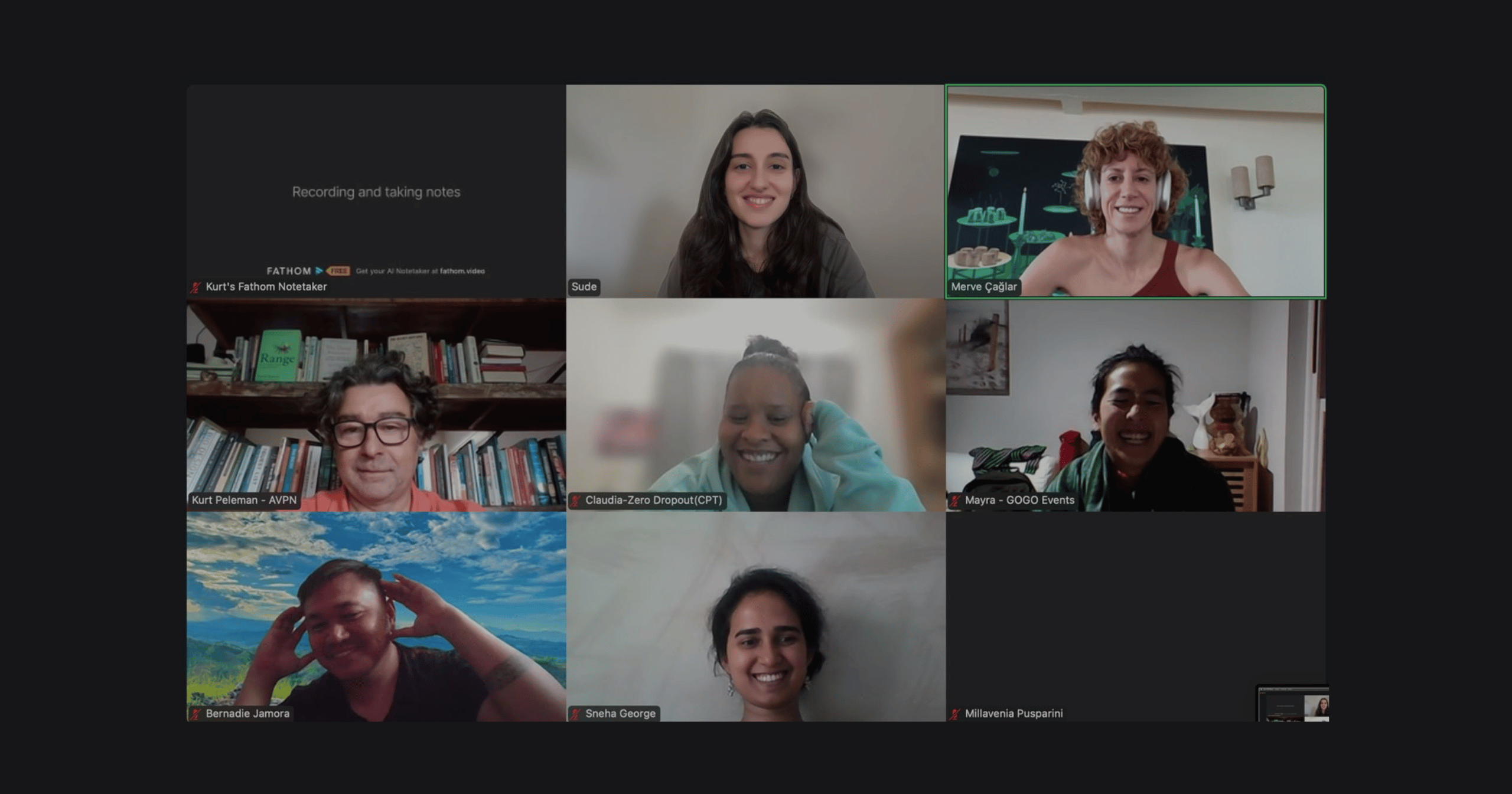From principle to practice: Generous Listening in action at the Frontiers of Democracy 2025 conference
Read 2mins
Common External Barriers to Generous Listening
Blog
Author
Vuslat Foundation
Keywords
Relationships
Listening to self
Listening to others
Self-awareness
Blog
Author
Vuslat Foundation
Keywords
Relationships
Listening to self
Listening to others
Self-awareness
In a world marked by scattered attention and a scarcity of meaningful conversations, the practice of generous listening emerges as an enduring virtue. It calls on us to embrace patience, curiosity, and a genuine yearning for understanding—an invitation to vulnerability and a recognition that the pursuit of learning is an ongoing journey. To truly embody generous listening, we are tasked with addressing and dismantling the obstacles that impede this noble endeavor.These challenges, both internal and external, can impede our ability to listen generously—to others, to ourselves, and to the world around us. In this exploration, let’s unravel the external barriers—various outside factors that can interfere with effective listening, including other people and environment-related circumstances.
These considerations are crucial when fostering inclusive work environments that prioritize effective listening.
Understanding External Barriers to Generous Listening:
- Physical Setting: The environment in which a conversation takes place significantly influences our ability to listen. Factors like lighting, temperature, uncomfortable furniture, or poor seating arrangements can impact our engagement. A well-designed and comfortable space enhances the listening experience.
- Visual Distractions: Busy or chaotic surroundings, excessive images, or visual clutter can divert our attention, making it challenging to focus on the speaker. A visually clean and organized space fosters better concentration.
- Objects: The presence of distracting objects or technology can hinder our listening. A clutter-free environment, free from unnecessary gadgets or disruptive items, promotes a conducive space for attentive listening.
- Noise: Auditory distractions, such as loud noises or multiple conversations, can create a barrier to effective listening. A quiet and controlled acoustic environment facilitates better concentration.
- The Person Speaking: The speaker’s communication style, clarity, and demeanor play a crucial role. A speaker who is unclear, disorganized, or unengaging may present a challenge to the listener. Fostering effective communication skills benefits both parties in the interaction.
- Cultural Differences: In both social and business contexts, variations in customs, mannerisms, and behavior can influence how we interpret and respond to information. Cultural awareness and sensitivity are key for bridging gaps in understanding.
- Language Barriers: Differences in language proficiency or linguistic nuances can create misunderstandings. Encouraging clear and concise communication aids in overcoming language-related barriers.
In crafting spaces that encourage generous listening, addressing these external barriers is paramount. Join us in ensuing posts as we delve into strategies to overcome these obstacles, forging a path toward more inclusive and effective communication.
Other Resources

Seda Aka
As a Field Worker, Seda Aka plays a key role in implementing the Generous Listening Emotional Support Groups in Adıyaman by actively engaging with participants. Her responsibilities include facilitating group sessions, collecting feedback and data from participants, and observing the impact of the sessions. She shares her insights with the project team, contributing to the ...

